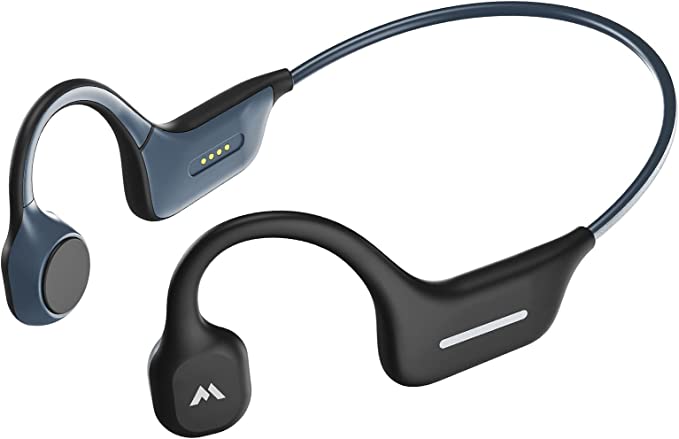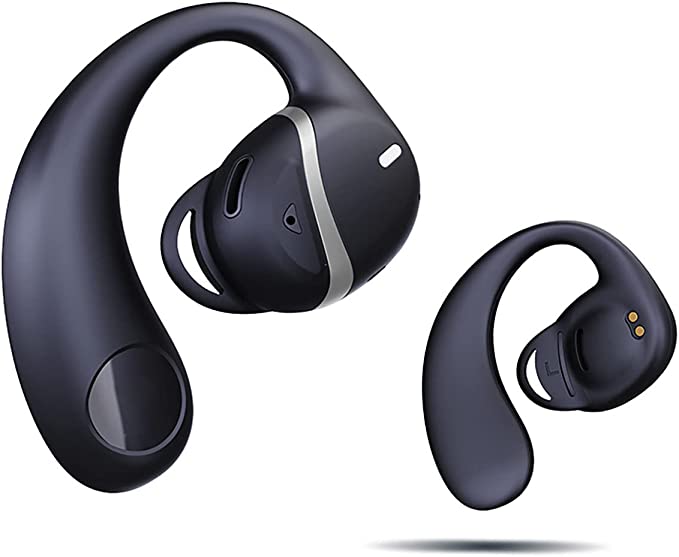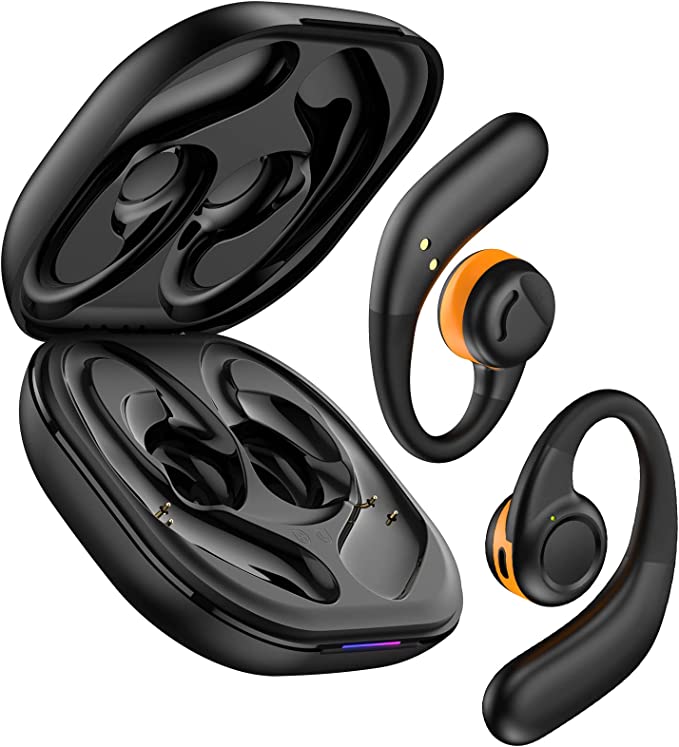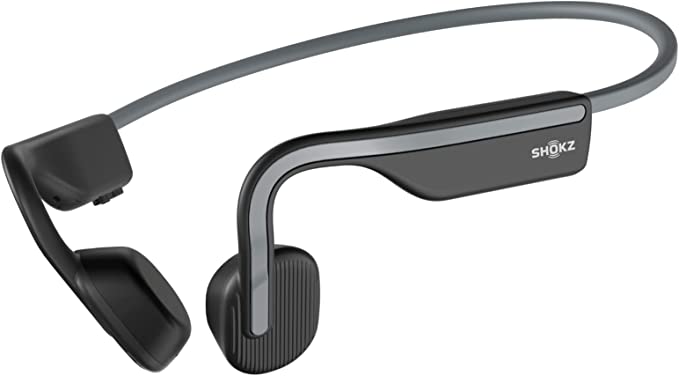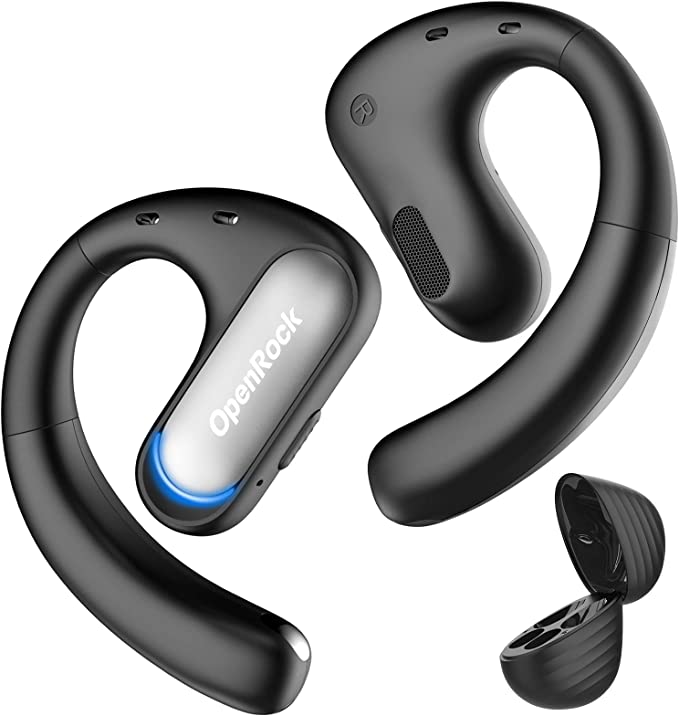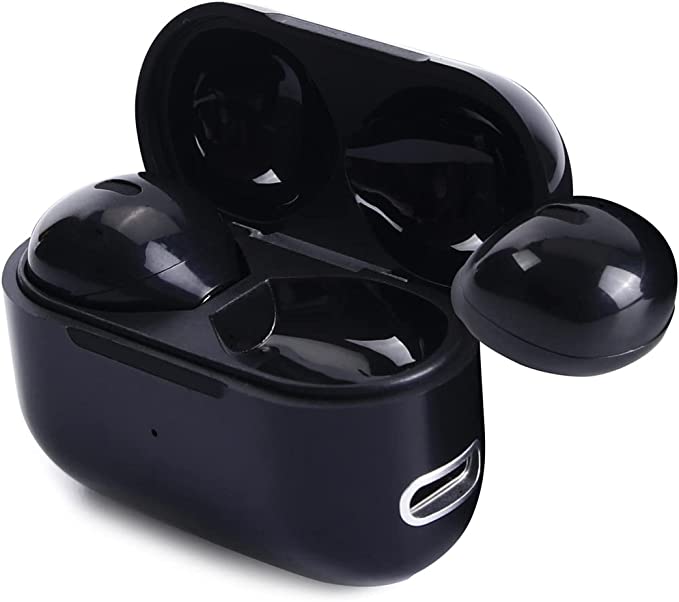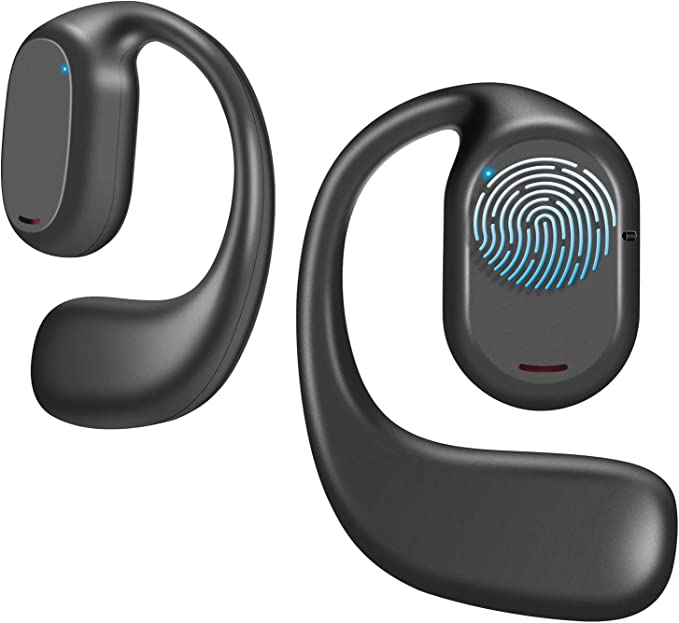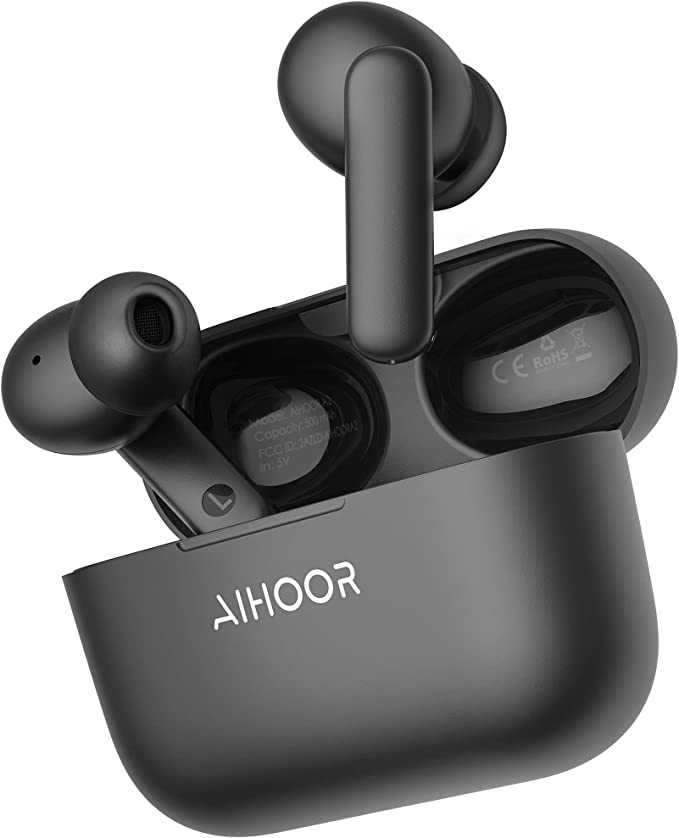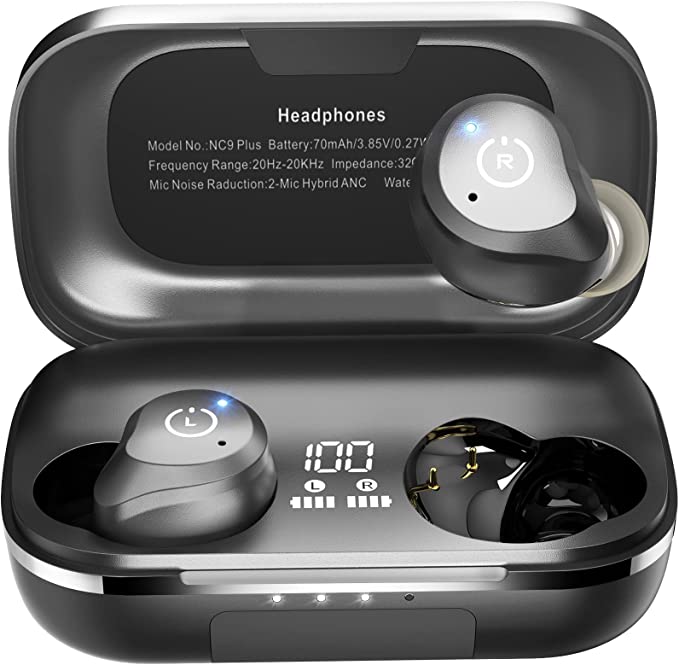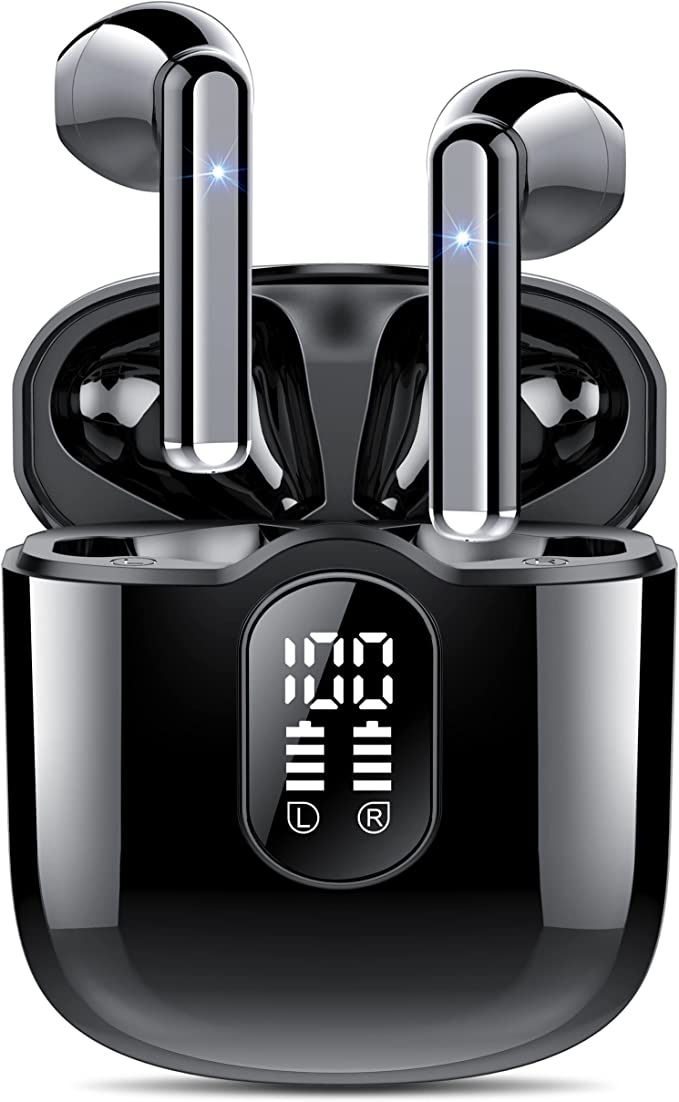Cleer ARC 3 Open Ear Headphones: Hear The World, Feel The Music
Update on July 5, 2025, 8:25 a.m.
There’s a unique magic to walking through a city like Montreal in late afternoon. It’s a symphony of a thousand tiny events: the hiss of an espresso machine from an open cafe door, the distant clang of a bell from the Notre-Dame Basilica, the murmur of French and English conversations weaving through one another. And in your pocket is another world, a universe of podcasts, audiobooks, and playlists waiting to be summoned. For decades, technology has presented us with a stark choice: immerse yourself in one world and become deaf to the other. To listen to your music, you had to silence the city.
We spent the better part of forty years perfecting this art of isolation. It began, perhaps, with the iconic orange foam of the Sony Walkman headphones, a leaky and unintentional introduction to personal audio that still let the world seep in. But the mission quickly clarified. With the ubiquitous white earbuds of the iPod, we began to plug our ears, creating a distinct boundary between our sound and the sound. Then came the triumph of engineering that is active noise cancellation, a technology that didn’t just block the world, but actively erased it with sophisticated anti-noise waves. We had built a silent, perfect, digital fortress around our ears.
But a funny thing is happening. Some of the most interesting audio engineers today are not building higher walls. They’re designing elegant windows. They are rediscovering the value of letting the world back in, leading a quiet revolution that moves personal audio from a state of isolation to one of integration. At the forefront of this movement are devices like the Cleer ARC 3, which serve as fascinating case studies in the science of hearing everything at once.

The Ghost in the Machine: Painting Sound on Air
The first time you try a modern open-ear headphone, the experience is almost unnerving. The music is clear and present, yet your ears feel… open. There’s no pressure, no seal, no plugged-up sensation. This isn’t bone conduction, which sends vibrations through your skull. This is air conduction audio, a far more delicate art.
Think of it this way: traditional earbuds are like a firehose, flooding your ear canal with sound to overwhelm any outside noise. The ARC 3, with its large 16.2mm drivers, acts more like a hyper-precise acoustic airbrush. It projects a focused, directional beam of sound that “paints” the audio directly onto the entrance of your ear canal, leaving the surrounding area untouched. The engineering challenge is immense: create a sound field that is rich and private for you, but that dissipates quickly so as not to disturb the person next to you.
The result is the restoration of situational awareness, a foundational element of how we safely navigate the world. It’s a design philosophy that resonates with user feedback, like that of one reviewer who celebrated no longer feeling “paranoid and unsafe wearing them outdoors.” It’s technology acknowledging that we are physical beings in a physical world, a world where the sound of an approaching electric scooter is just as important as the next track in our playlist.

Building a Holodeck for Your Ears: The Illusion of Spatial Audio
But how do you create an immersive, soul-stirring audio experience on such an open canvas? If you can’t seal the ear to create a closed acoustic chamber, you must build that chamber virtually. This is the realm of psychoacoustics, the science of tricking the brain.
Our brain is a master detective. When a sound occurs, it determines the source’s location by analyzing infinitesimal differences in the timing and frequency of the sound reaching each ear. This internal calculation is known as the Head-Related Transfer Function (HRTF). Dolby Atmos for headphones is, in essence, a brilliant forger. It’s software that has studied this function and learned to create counterfeit auditory clues. It takes a flat audio track and intelligently processes it, adding the subtle delays, echoes, and frequency shifts that convince your brain the sound is coming from above, behind, or beside you.
The result is an auditory holodeck constructed in your mind. A helicopter in a movie feels like it’s genuinely flying overhead. The instruments in a symphony feel spatially separated around you. And technologies like Snapdragon Sound act as the high-bandwidth data pipe, ensuring this complex, illusory world is streamed to your ears in high fidelity and with near-zero latency, so the illusion never shatters.

Engineered for a Beautifully Messy World
Of course, a device meant to accompany us through life must be ableto handle its beautiful, unpredictable messiness. This requires engineering that goes beyond pure acoustics.
First, there’s the challenge of durability. The ARC 3 boasts an IPX7 rating, a standard defined by the International Electrotechnical Commission’s IEC 60529. This isn’t just a casual “water-resistant” claim. It’s a precise scientific benchmark meaning the device can withstand submersion in one meter of water for thirty minutes. The real engineering feat isn’t just keeping water out; it’s designing seals and materials that can resist the pressure at that depth. It’s the difference between a raincoat and a submarine hatch—a level of robustness that ensures a sweaty run or a sudden downpour is a non-event.
Second, in our health-conscious era, there’s the matter of hygiene. Earbuds live in a warm, dark environment, which can be a breeding ground for bacteria. The ARC 3’s charging case incorporates a UV-C sterilization lamp. UV-C is a specific wavelength of ultraviolet light (around the 254-nanometer mark) that is highly germicidal. It functions like a targeted, microscopic sunburn, penetrating the cell walls of bacteria and viruses and scrambling their DNA and RNA, rendering them inert. As acknowledged by public health bodies like the FDA, when properly implemented, UV-C is an effective sanitizing method, bringing a piece of medical-grade technology to a daily-use device.

The Future of Hearing is Everything at Once
Let’s return to that walk through the city. With a device born of this new philosophy, the conflict dissolves. The podcast becomes your personal narration to the living film of the street. The busker’s saxophone is no longer an interruption to be silenced, but a welcome part of your soundtrack. You get both.
The Cleer ARC 3, and the technological movement it represents, suggests that the future of personal audio is not about creating a more perfect escape. It’s about crafting a more intelligent and seamless interface with reality. The ultimate headphone may not be one we turn on or off, but one that is always on, acting as a wise mediator between our digital streams and the symphony of the real world. It poses a profound question for us all: what kind of auditory future do we truly want technology to help us build?






